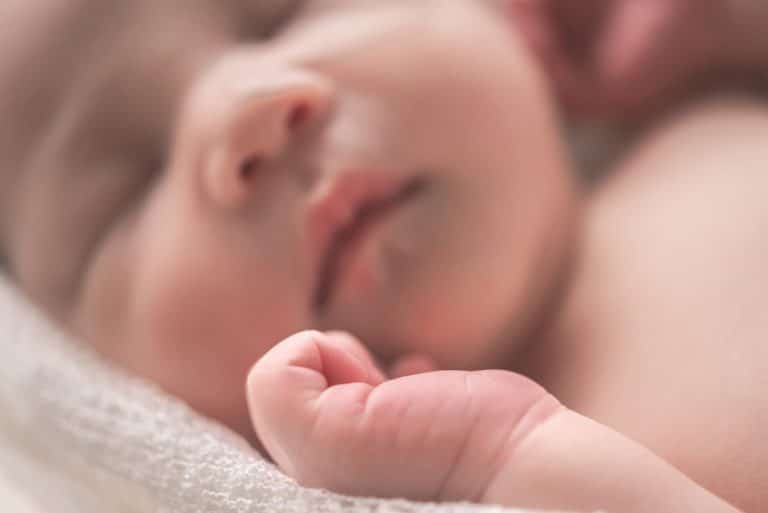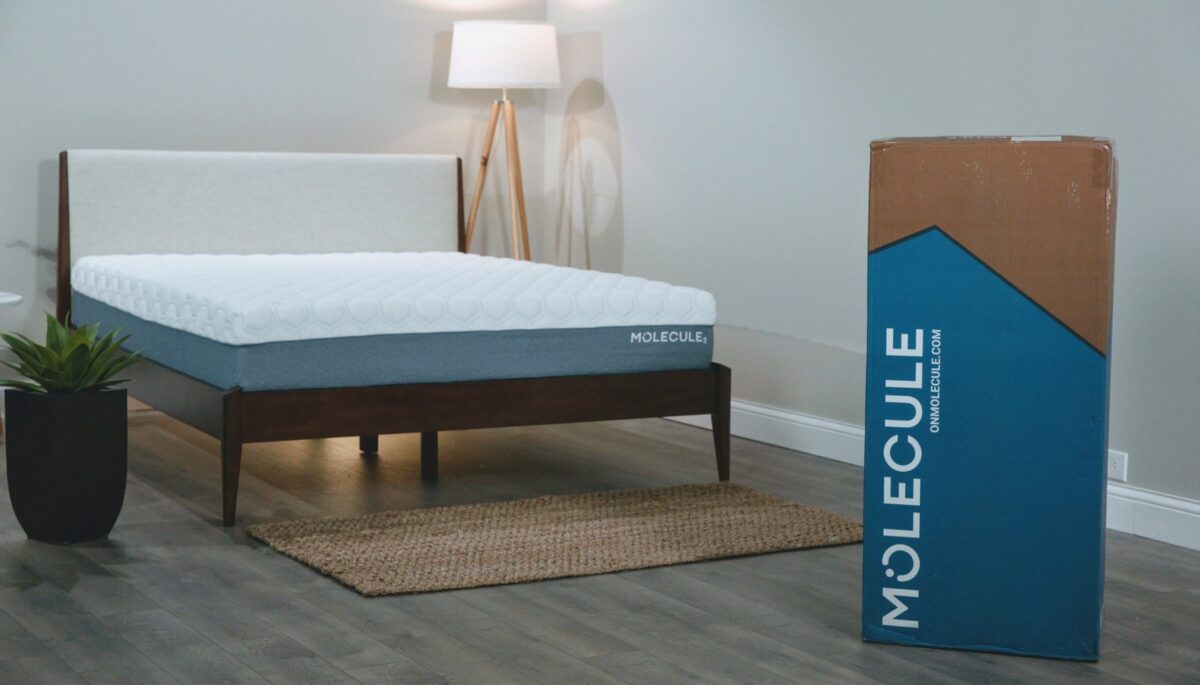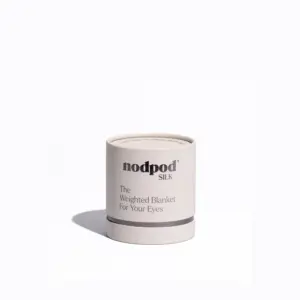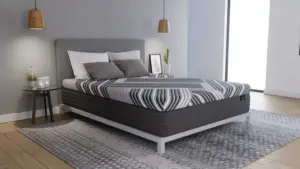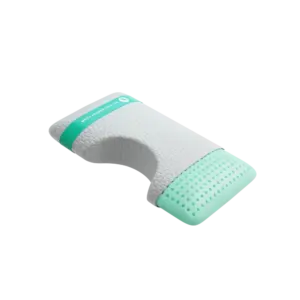Cradle Knowledge: A Guide to Newborn Sleep Education
Newborn educational resources for sleep are vital for ensuring your little one receives the restful sleep necessary for their growth and development. As a parent or caregiver, understanding the nuances of newborn sleep is essential for creating a safe and nurturing environment. In this guide, we will explore the key aspects of newborn sleep, prevalent practices, and recommended resources aimed at empowering you in this new journey.
Understanding Newborn Sleep Patterns
Newborn sleep can often feel enigmatic, leaving parents unsure of what to expect. It’s important to remember that this phase is temporary, and with knowledge, you can navigate it more smoothly.
Sleep Cycles
Unlike adults, newborns have shorter sleep cycles, typically lasting about 50-60 minutes. Their sleep consists of two primary stages: rapid eye movement (REM) sleep and non-REM sleep. REM sleep is light and characterized by twitching or jerky movements, while non-REM sleep is deeper and provides restorative benefits.
Initially, newborns spend more time in REM sleep, causing them to wake frequently. As they mature, their sleep cycles lengthen, allowing for longer periods of uninterrupted sleep.
Sleep Duration
During those early weeks, newborns can sleep an astonishing 16 to 17 hours a day, but this rest is segmented into short spans of 1 to 2 hours. This fragmented sleep is largely due to their small stomachs requiring frequent feedings. As they grow, sleep patterns gradually consolidate, often leading to longer stretches of sleep by the time they reach six months.
Age-Related Changes
As your baby develops, their sleep patterns evolve. Around 2 to 3 months, you may notice they can stay awake longer between naps. By 4 to 5 months, their wake windows can extend to 1.5 to 2.5 hours. By six months, many infants will start to establish a more predictable sleep routine, taking fewer but longer naps.
Recognizing these evolving sleep patterns allows you to adapt your expectations and strategies, ultimately fostering a suitable sleep environment for both you and your baby.
Newborn Educational Resources for Sleep
To support your journey, several educational resources are available, notably the Safe to Sleep® campaign and the American Academy of Pediatrics (AAP).
Safe to Sleep® Campaign
This initiative is a trusted source for safe sleep information. The Safe to Sleep® campaign provides free educational materials such as booklets and infographics that aim to reduce the risk of Sudden Infant Death Syndrome (SIDS) and promote safe sleep practices. This campaign tailors information for various audiences, helping families understand their specific needs.
American Academy of Pediatrics
The AAP offers comprehensive guidelines and evidence-based recommendations for safe sleep. Their policy statement emphasizes crucial steps to prevent sleep-related deaths, including:
– Always place infants on their backs for all sleep times.
– Use a firm, flat mattress in a crib, bassinet, or portable play yard.
– Keep soft items, loose bedding, and toys out of the sleep area.
The AAP also houses the Sudden Unexpected Infant Death (SUID) Prevention Program, which aims to educate caregivers and combat disparities in SUID rates.
Both the Safe to Sleep® campaign and the AAP provide an array of easily digestible educational materials, including infographics, videos, and detailed guides, to help create a safe sleep environment for your infant.
Safe Sleep Practices for Newborns
Implementing safe sleep practices is paramount to preventing SIDS and achieving peace of mind as a caregiver.
SIDS Prevention
To help reduce the risk of SIDS, follow these simple yet effective guidelines:
– Back to Sleep: Always lay your baby on their back for every sleep time—including naps. This practice significantly lowers the risk of SIDS.
– Room Sharing: Keep your baby’s crib in your room for at least the first six months. This arrangement has been shown to decrease the risk of SIDS by nearly 50%. However, avoid bed-sharing.
– Breastfeeding: Evidence supports that breastfeeding can lower the risk of SIDS.
Crib Safety
Ensuring a safe crib environment is critical:
– Firm Mattress: Always use a crib or bassinet with a firm, flat mattress that meets safety standards set by the Consumer Product Safety Commission (CPSC).
– Empty Crib: Avoid placing loose bedding, pillows, bumper pads, or toys in the crib, as these can pose suffocation hazards.
Regularly check for crib recalls and ensure that your baby’s sleep space conforms to current safety standards.
Tips for Encouraging Better Sleep
Making sleep easier for your newborn may feel like a challenge, but with simple strategies, you can create a conducive environment for rest.
Establish a Bedtime Routine
Creating a consistent and calming bedtime routine can signal to your baby that it’s time for sleep. Here’s how to cultivate a nurturing routine:
– Stick to a Schedule: Consistency helps your baby understand when to wind down.
– Calming Activities: Introduce soothing practices, such as a warm bath or gentle rocking.
– Duration: Keep the routine brief—around 20-30 minutes—to prevent overstimulation.
Employ Calming Techniques
Soothing practices can help lull your baby into slumber:
– Swaddling: Safely wrapping your baby in a soft blanket can create a comforting atmosphere.
– White Noise: Background noise can mimic the womb environment, easing your baby into sleep.
Introducing a pacifier can also aid in sleep, but ensure it’s offered after breastfeeding is established, typically around 3-4 weeks, and used primarily during sleep.
Frequently Asked Questions about Newborn Sleep
What is the best sleep practice for newborns?
Establish a calming bedtime routine filled with soothing activities to signal sleep time. Always lay your baby down on their back and encourage independent sleep by placing them in their crib when drowsy but awake.
How to encourage a newborn to sleep at night?
Create a quiet and comfortable environment that demarcates night from day. Maintaining minimal interactions with your baby during nighttime feedings can teach them that these hours are meant for rest.
What is the recommended sleep duration for newborns?
Newborns typically require 14-17 hours of sleep in a 24-hour period, divided across both daytime naps and nighttime sleep. Understanding that they will wake for feedings and only sleep for short bursts will help you navigate this phase with ease.
Conclusion
At Yawnder, we recognize the challenges and uncertainties that come with nurturing your newborn’s sleep. Our commitment lies in offering expert insights and resources that will help you create a safe and comforting sleep environment for your baby.
By harnessing the wealth of knowledge from established sources like the Safe to Sleep® campaign and the American Academy of Pediatrics, you can approach newborn sleep with confidence. Our expert evaluations of sleep products ensure you have access to the best mattresses and bedding that align with safety guidelines.
As you embark on this journey, remember that every baby is unique, and flexibility is essential. With our guidance, you’ll be well-equipped to foster a healthy sleep environment that meets your baby’s needs. For more resources and support, visit our education page, and let us assist you in ensuring your little one gets the restful sleep they deserve.

